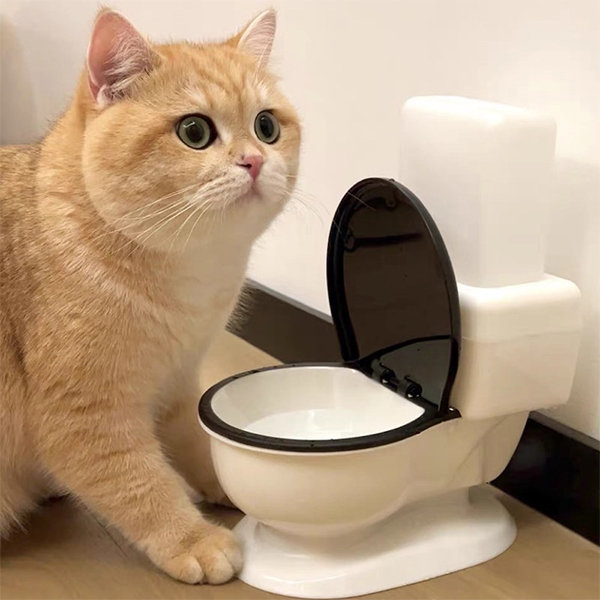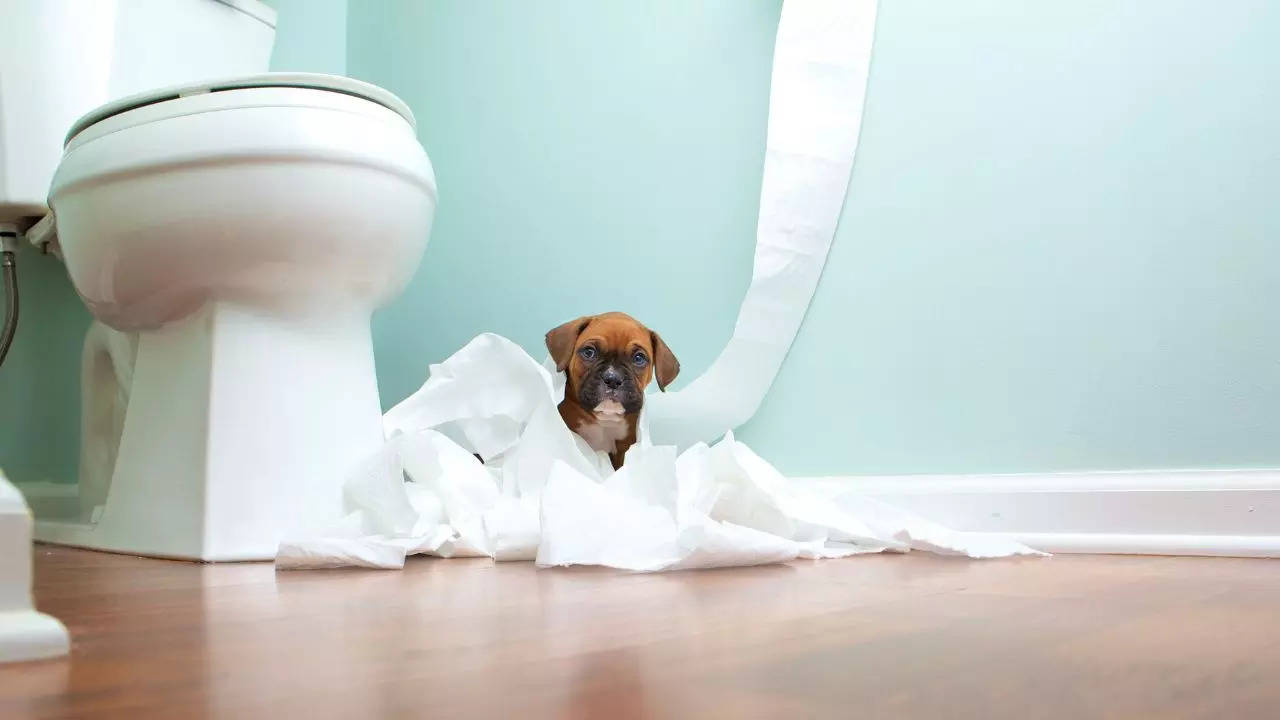How Flushing Animal Waste Could be Not Advisable
How Flushing Animal Waste Could be Not Advisable
Blog Article
We've stumbled on this article relating to 10 Things You Should Never Flush Down The Toilet below on the net and concluded it made perfect sense to write about it with you on this page.

When it comes to taking care of waste, specifically animal waste, lots of people usually resort to the convenient choice of flushing it down the commode. Nevertheless, this relatively easy option can have serious effects for the atmosphere and public health. In this post, we'll check out why flushing pet waste down the bathroom is a bad concept and provide different methods for appropriate disposal.
Intro
Correct waste disposal is crucial for keeping environmental sustainability and public health. While it may seem safe to purge animal waste down the bathroom, it can result in numerous issues, both for the atmosphere and human health.
Dangers of flushing pet waste
Environmental effect
Purging animal waste presents damaging bacteria and pathogens into waterways, which can adversely affect aquatic communities. These virus can contaminate water sources and damage aquatic life, disrupting fragile communities.
Public health problems
Pet waste contains harmful microorganisms such as E. coli and Salmonella, which can present serious health threats to people. Flushing pet waste down the toilet can pollute water supplies, leading to the spread of illness and infections.
Alternatives to flushing
Rather than flushing animal waste down the bathroom, there are a number of alternative disposal techniques that are a lot more environmentally friendly and sanitary.
Composting
Composting pet waste is an eco-friendly means to throw away it. By composting, organic matter is broken down right into nutrient-rich soil, which can be used to feed yards and plants.
Landfill disposal
Disposing of animal waste in a land fill is one more option. While not as environmentally friendly as composting, it is a safer alternative to flushing, as it protects against the contamination of water sources.
Pet waste disposal systems
There are specialized family pet garbage disposal systems offered that safely and hygienically take care of animal waste. These systems usually utilize enzymes to break down waste and get rid of odors.
Actions to correct pet waste disposal
To guarantee appropriate disposal of pet waste, comply with these actions:
Scooping and getting waste
On a regular basis scoop and bag pet waste using eco-friendly bags. This stops waste from infecting the setting.
Making use of marked waste containers
Dispose of bagged pet waste in assigned waste bins, such as garden compost bins or landfill containers. Stay clear of flushing it down the toilet at all costs.
Cleansing can and pet locations routinely
Routinely clean litter boxes and animal locations to prevent the build-up of waste and microorganisms. Use pet-safe cleansing products to maintain health.
Advantages of appropriate disposal techniques
Taking on correct disposal approaches for animal waste supplies numerous benefits:
Lowered environmental pollution
Correct disposal techniques lower the threat of environmental pollution, safeguarding waterways and ecosystems from contamination
Minimized danger of water contamination.
By staying clear of flushing animal waste down the commode, the threat of water contamination is considerably decreased, guarding public health.
Boosted cleanliness and health
Correct disposal techniques promote better hygiene and health, producing a more secure environment for both people and pets.
Final thought
To conclude, flushing animal waste down the more info bathroom is hazardous to the setting and public health. By adopting alternate disposal methods and complying with appropriate waste monitoring methods, we can reduce the adverse effect of pet waste and contribute to a cleaner, healthier earth.
What To Do With Dog Poo – The Do's And Don'ts Of Disposing Of Faeces
Dog poo bins
Some councils provide dedicated dog waste bins in popular dog-walking areas that can take dog poo that has been bagged but you can legally dispose of dog waste in any public litter bin, as long as it is securely bagged. This also applies to your wheelie bin at home.
Do not flush
Water companies do not recommend flushing dog faeces down the toilet because certain parasites can survive the water processing treatment and are potentially harmful to humans. You should also never consider flushing dog poo that has been bagged down the toilet as the bags will not break down and instead create severe blockages in the sewage system.
In the woods
The Forestry Commission promotes a ‘stick and flick’ method for dealing with waste in the woods. This means finding a stick and using it to flick any poo from off the path so that it is out of the way of other walkers. You could also bury it as long as it is not in an area where there might be livestock.
Livestock
Parasites found in dog poo can be transmitted to livestock if they inadvertently eat infected faeces that has been left on grazing land. This could result in the death of sheep or abortion in cattle so you should always make sure you pick up your dog’s waste in fields where livestock could be present.

Routinely clean litter boxes and animal locations to prevent the build-up of waste and microorganisms. Use pet-safe cleansing products to maintain health.
Advantages of appropriate disposal techniques
Taking on correct disposal approaches for animal waste supplies numerous benefits:
Lowered environmental pollution
Correct disposal techniques lower the threat of environmental pollution, safeguarding waterways and ecosystems from contamination
Minimized danger of water contamination.
By staying clear of flushing animal waste down the commode, the threat of water contamination is considerably decreased, guarding public health.
Boosted cleanliness and health
Correct disposal techniques promote better hygiene and health, producing a more secure environment for both people and pets.
Final thought
To conclude, flushing animal waste down the more info bathroom is hazardous to the setting and public health. By adopting alternate disposal methods and complying with appropriate waste monitoring methods, we can reduce the adverse effect of pet waste and contribute to a cleaner, healthier earth.
What To Do With Dog Poo – The Do's And Don'ts Of Disposing Of Faeces
Dog poo bins
Some councils provide dedicated dog waste bins in popular dog-walking areas that can take dog poo that has been bagged but you can legally dispose of dog waste in any public litter bin, as long as it is securely bagged. This also applies to your wheelie bin at home.
Do not flush
Water companies do not recommend flushing dog faeces down the toilet because certain parasites can survive the water processing treatment and are potentially harmful to humans. You should also never consider flushing dog poo that has been bagged down the toilet as the bags will not break down and instead create severe blockages in the sewage system.
In the woods
The Forestry Commission promotes a ‘stick and flick’ method for dealing with waste in the woods. This means finding a stick and using it to flick any poo from off the path so that it is out of the way of other walkers. You could also bury it as long as it is not in an area where there might be livestock.
Livestock
Parasites found in dog poo can be transmitted to livestock if they inadvertently eat infected faeces that has been left on grazing land. This could result in the death of sheep or abortion in cattle so you should always make sure you pick up your dog’s waste in fields where livestock could be present.

As an enthusiastic reader about , I thought sharing that excerpt was really helpful. Are you aware of somebody who is sincerely interested in Can You Flush Dog and Cat Poo Down the Toilet?? Take a moment to promote it. Thank you so much for taking the time to read it.
Click Here Report this page